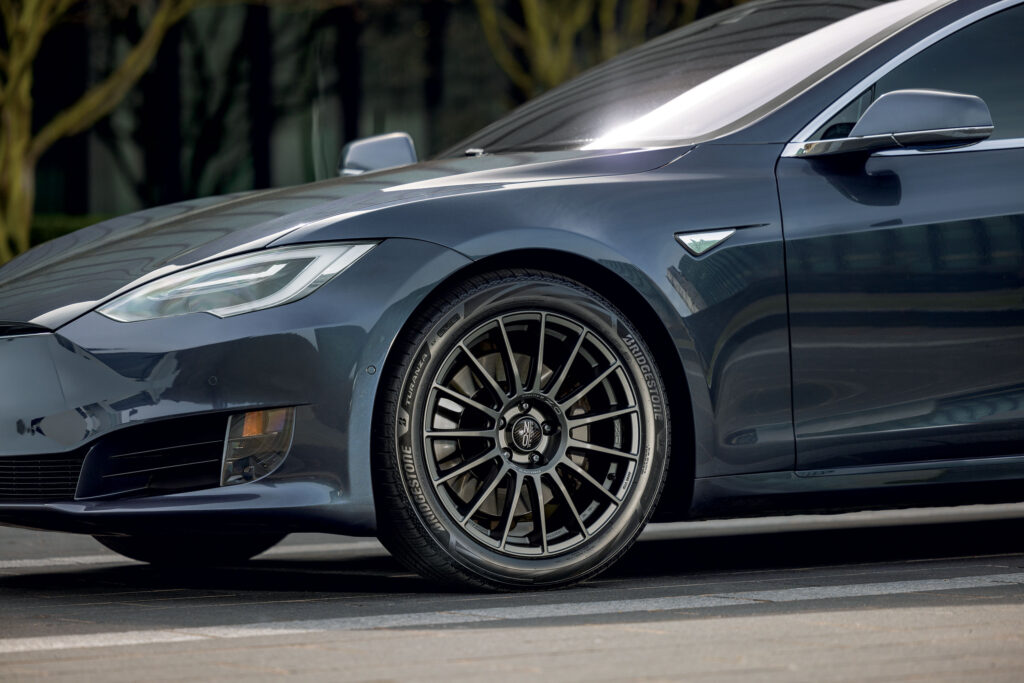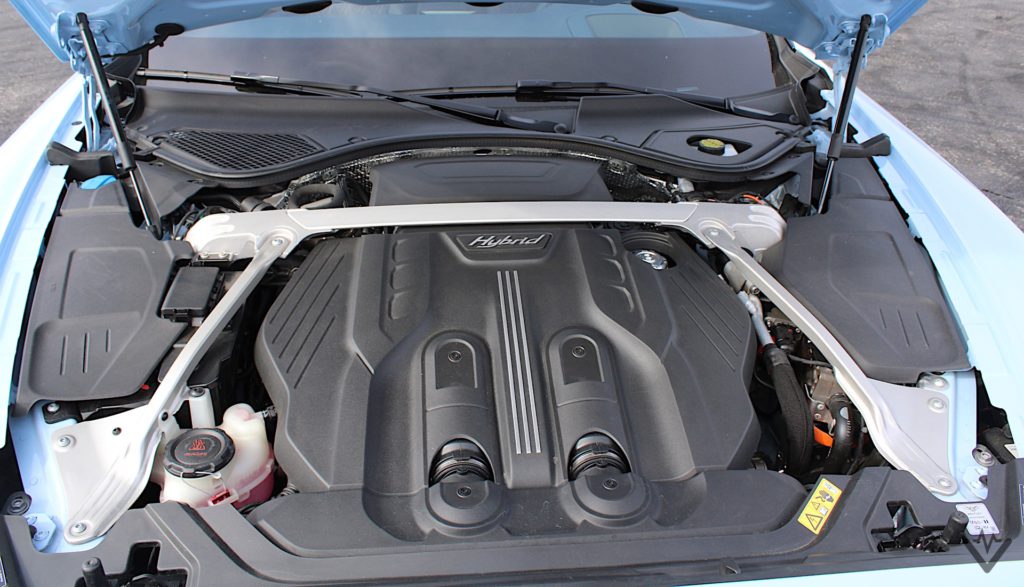All vehicles need maintenance, even electrics. But did you know EVs generally require way less service than conventional gas- or diesel-powered cars and trucks? It’s true!
So, routine maintenance, you’ve got to do it if you want your stuff to work properly and last. With combustion-powered cars and trucks, this is as streamlined as it’s ever been – modern vehicles are, frankly, phenomenal – but you’ve still got to pay attention to sark plugs, timing belts, oxygen sensors and fuel filters, plus there are oil change intervals, transmission flushes and much more. With EVs, all of that is eliminated, which saves you time and money.
Of course, that is not to say electric vehicles require zero maintenance, it’s just that the service is reduced. Take the 2023 Chevy Bolt EUV, for instance. Aside from recommended multi-point vehicle inspections, the owner’s manual says you need to:
- Rotate the tires every 7,500 miles
- Change the cabin air filter every 2 years or 22,500 miles
- Drain and fill the coolant circuits at 5 years or 150,000 miles
- Change the brake fluid every 5 years
- Change the A/C desiccant every 7 years
- This is a weird one – replace the hood and hatch support struts every 10 years or 100,000 miles.

But really, that’s it for manufacturer-recommended maintenance. Care and feeding instructions for the Ford F-150 Lightning and Tesla Model 3, are broadly similar to the Bolt EUV’s, which is no surprise.
Aside from the fundamentals just mentioned, some elements of EV maintenance are identical to gas-powered cars. Wiper blades still need to be changed and the washer fluid reservoir filled. The 12-volt lead-acid battery that runs accessories like power windows and radio will eventually go south, and door latches still need lubrication.
Brake pads and rotors are another shared maintenance item, though these components on EVs need far less service because of regenerative braking, which improves range and dramatically reduces wear and tear.
But undoubtedly, the biggest maintenance concern with EVs is tire wear. Electric vehicles tend to be a lot heavier than similar combustion-powered cars and trucks, plus electric motors can deliver a monumental sucker punch of torque right off the line. These two factors contribute greatly to accelerated tire wear, so you’re going to want to keep an eye on your vehicle’s rubber and make sure to rotate the tires regularly, every 7,500 miles in the case of the Bolt EUV.
But there’s more bad news. EVs often run special tires, ones with lower rolling resistance to help reduce range losses while driving. These tires tend to be beefier to cope with the extra weight and added forces, so, replacement rubber for electric vehicles can often cost more.

Still, even if new tires are pricier, EVs can still save you money on maintenance. According to the US Energy Department, scheduled maintenance for an EV will cost you about 6.1 cents per mile, while an internal-combustion-powered vehicle totals 10.1 cents. That’s a savings of about 40%, which is not insignificant.
If you don’t trust the gubmint, AAA came up with pretty similar numbers. The organization estimates it costs 7.7 cents per mile to maintain an EV compared to 9.55 cents for an ICE vehicle. Over the course of 13,500 miles – roughly how far the average American drives each year – that represents an annual savings of nearly $250.
Applying the same math to the US Energy Departments figures mentioned earlier results in an approximate yearly savings of $540, a much nicer number. But keep in mind, this figure is only for vehicle maintenance and does not include the cost of electricity compared to gas or diesel, nor are we factoring in repair, purchase or insurance costs. Those are subjects for other installments of EV Basics.
